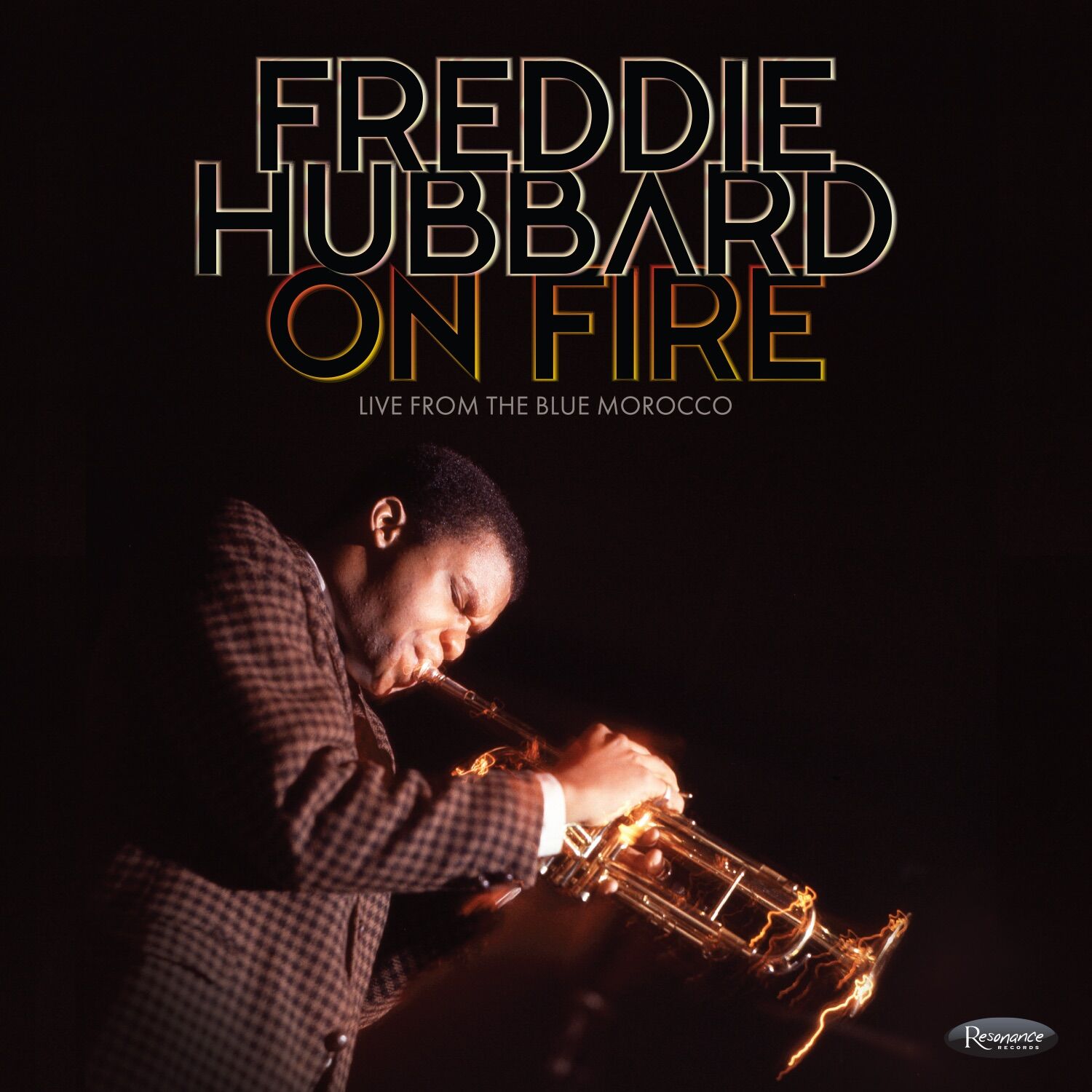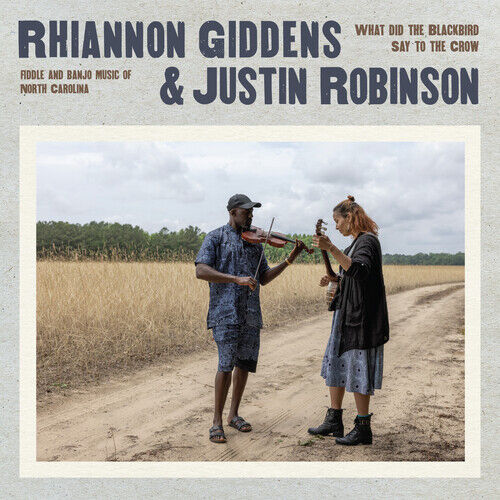The 1984 ECM album Tabula Rasa was the vehicle that introduced the revolutionary music of Arvo Pärt to audiences outside Eastern Europe and initiated what was to become one of the most extraordinary musical careers of the late 20th century. Like many of the first generation American minimalists, he limited himself to diatonic harmonies and generated pieces by setting processes in motion, but the radical simplicity he achieved was the result of religious contemplation that was at least as, if not more, formative than his quest for a new musical aesthetic. The result was music suffused by an unhurried, luminous serenity, and while it was distinctly contemporary, it had an archaic quality that tied it to the music of the very distant past.
The three instrumental pieces recorded here (one of which appears in two versions) were among the first Pärt wrote in his newly developed style, which came to be known popularly as holy minimalism. (The composer prefers the term tintinnabulation, because in his words, "The three notes of the triad are like bells.") Fratres, originally for chamber orchestra, is undeniably Pärt's most popular work and exists in well over a dozen versions, two of which are included here. Gidon Kremer and Keith Jarrett bring great nuance and sensitivity to the version for violin and piano. They play somewhat loosely with details of the score, but they are entirely in sync with the spirit of the piece, and it's a gripping performance. The violin part is hugely virtuosic and Kremer is breathtaking, particularly in the crystalline purity of the outrageously high harmonics that end the piece. The arrangement of Fratres for 12 cellos is an altogether more lyrical and meditative version, and the cellists of the Berlin Philharmonic Orchestra play it with gorgeous tone and depth. Cantus in Memory of Benjamin Britten for string orchestra and bell is at once one of the composer's most brilliantly simple and profound pieces. The first violins repeat a mournful descending figure, and each of the other sections then doubles the length of the note values of the part above it so that the note that opens the piece is held two beats by the first violins, but it is sustained for 32 beats by the double basses. There's nothing mechanical sounding about the piece, though, and by its ending, it has created a mood of devastating loss and grief. The first movement of Tabula Rasa, for two violins, prepared piano, and chamber orchestra, is the most enigmatic selection, full of unexpected long silences and flurries of frenzied activity, while the lovely, meditative second movement is more characteristic of the composer. Kremer is joined by violinist Tatjana Grindenko and composer/pianist Alfred Schnittke in a beautifully expressive performance, accompanied by Saulius Sondeckis leading the Lithuanian Chamber Orchestra. Produced by Manfred Eicher, the visionary who "discovered" Pärt and made it his mission to introduce him to Western audiences, the sound of the album is admirably clear and clean, except that there are some room noises in Tabula Rasa. AllMusicGuide
(02894763878)
| SKU | 02894763878 |
| Barcode # | 02894763878 |
| Brand | ECM Records |
Be The First To Review This Product!
Help other Birdland Records users shop smarter by writing reviews for products you have purchased.




















